St John's Top 5: Early Seals
This month we’re taking a look at some of the College’s oldest seals.
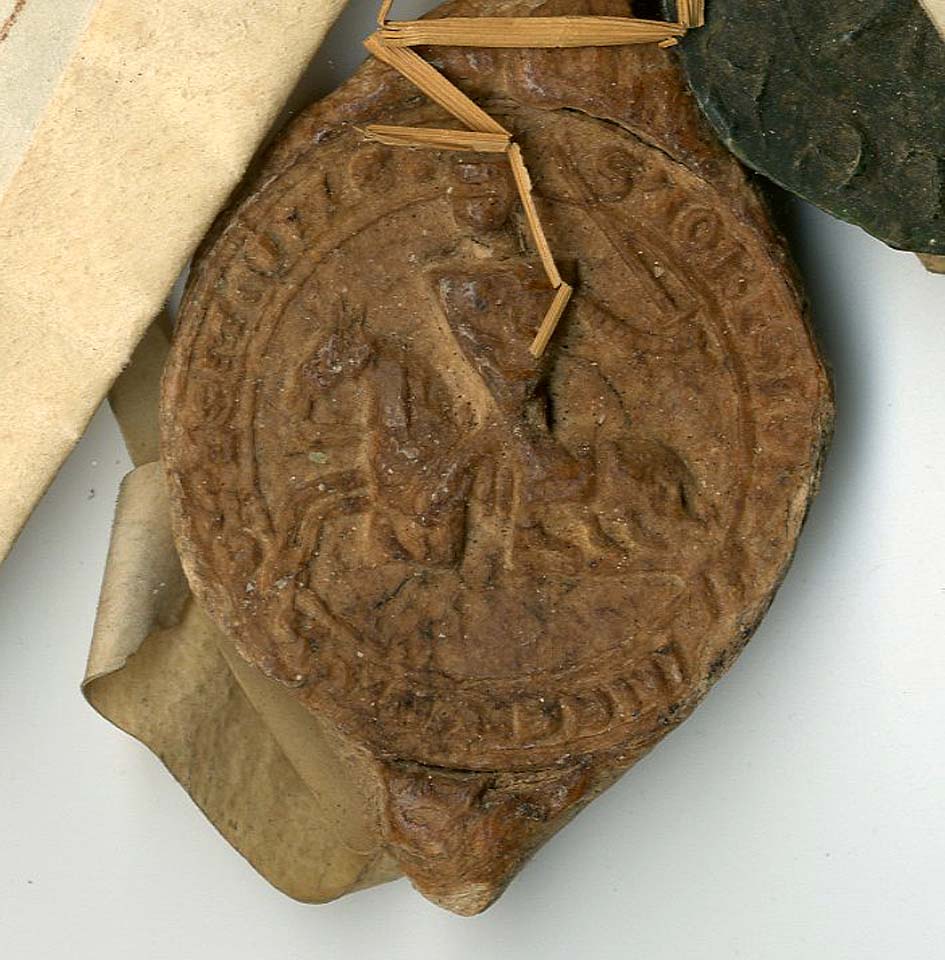
Small seal of a knight on horseback attached to a grant for two acres of land in Grantchester by John le Moyne of Shelford to the Hospital of St John; for the safety of his soul and of those of his ancestors and successors. [13thcentury] (D25/39)
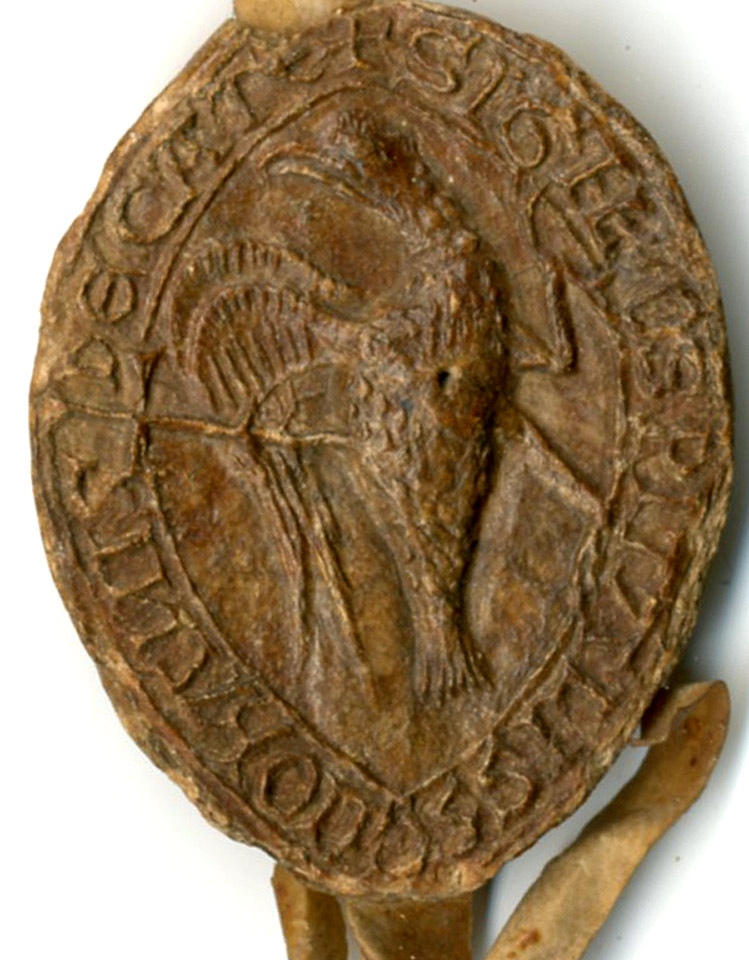
Brown wax seal of the Hospital of St John on a grant to Gilbert de Brunne [Bourn] for his homage and service, of all the land in Bourn which his father had given the Hospital; with the exception of a messuage, a meadow and three selions, lying in the field towards Swannesle [Huntingdonshire]; to hold in fee heredity at a yearly rent of three pence at Michaelmas. [13th century] (D25/32)
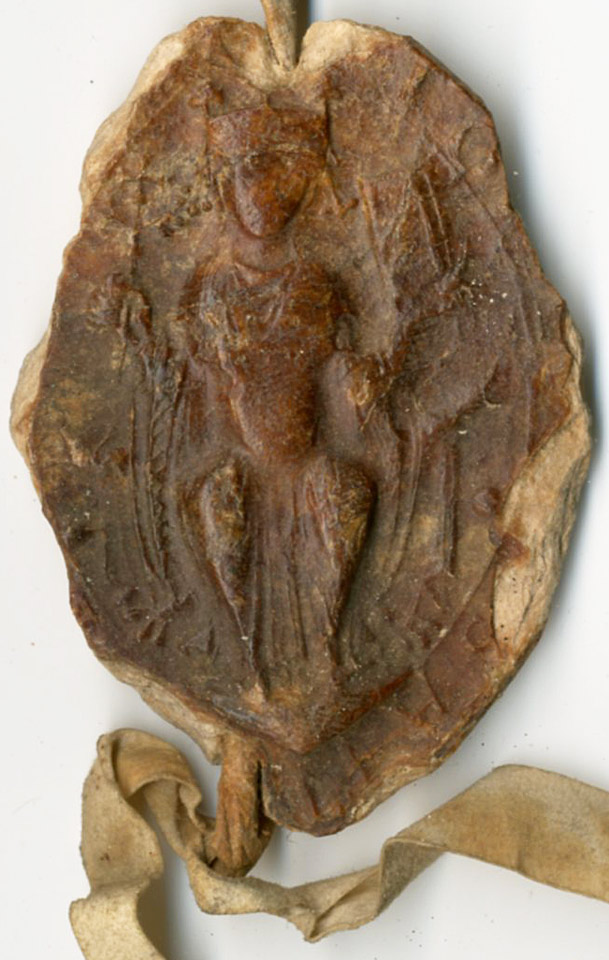
Badly rubbed seal of Agnes, Abbess of Chatteris, attached to a grant to Geoffrey the son of Eustace, for his homage and service, of half an acre of land in Madingley; to hold at a yearly rent of half a pound of pepper at Easter. [13th century] (D25/22)
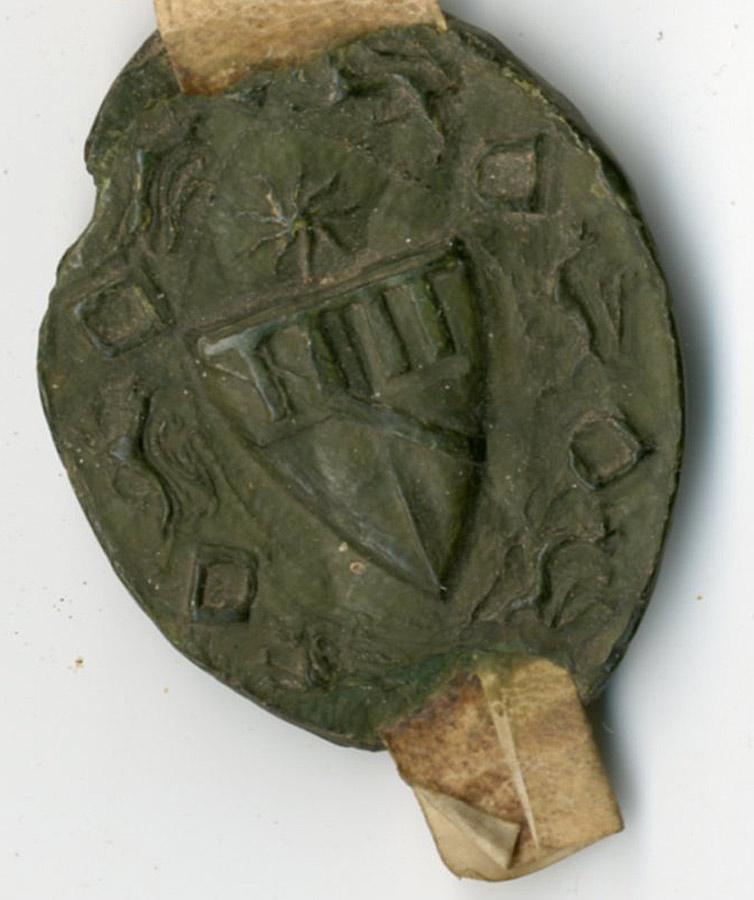
Large seal with coat-of-arms which may belong to the widowed Margaret de Lacy, Countess of Lincoln and Pembroke, on a grant to the Hospital of St John for the safety of Margaret’s soul and of those of her ancestors and successors; of nine selions of land with a meadow adjoining the fields of Newnham and three selions in the fields of Grantchester. [13th century] (D24/86)
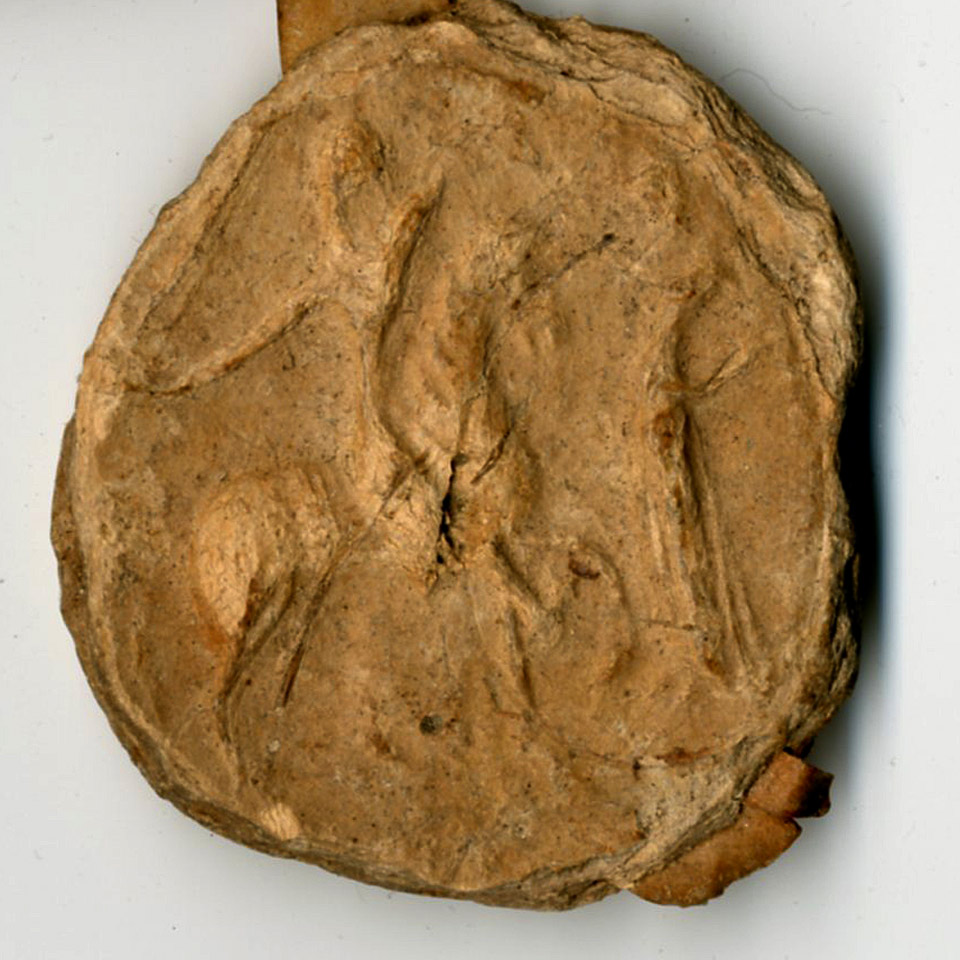
Badly worn seal in white wax representing a knight on horse-back, with a woman holding the bridle on a grant by Al[an?], the son of Count Henry, to Ranulfus de Katebi (Katesby) of the meadow held by Ranulfus' father for his homage and service, to hold at the customary yearly rent of four pence at Michaelmas. [13th century] (D15/10)
An Introduction to Medieval Seals (the Medieval Libary, University of Notre Dame)